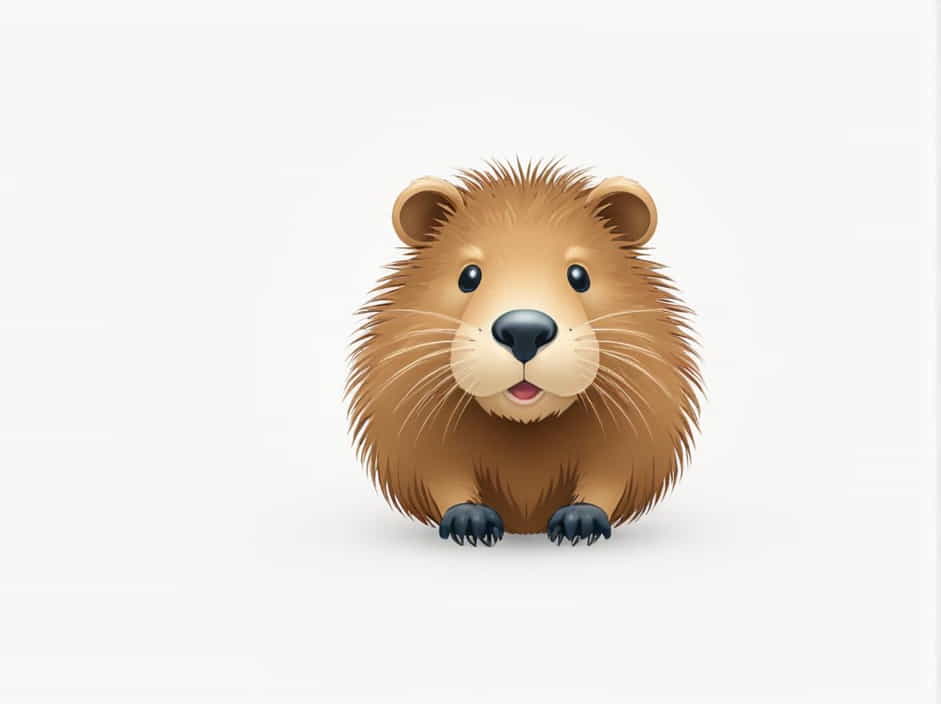The coypu (Myocastor coypus), also known as the nutria, is a semi-aquatic rodent native to South America. It is recognized for its thick fur and durable skin, which have been used in various industries. However, the coypu has also become an invasive species in many regions, raising environmental concerns.
This topic explores the characteristics of coypu skin and fur, their uses in fashion and trade, and their impact on ecosystems.
1. Characteristics of Coypu Skin and Fur
Appearance and Texture
The coypu’s fur has a distinct layered structure, consisting of:
- Outer Guard Hairs – Coarse, long, and water-resistant, helping protect the undercoat.
- Dense Underfur – Soft and warm, used for insulation against cold environments.
Coypu skin is tough yet flexible, making it suitable for leather products. The fur is often compared to beaver or muskrat fur due to its water-resistant properties.
Color Variations
Coypu fur is typically brown or reddish-brown, though some individuals may have gray or black shades. The lighter, soft undercoat is the most valuable part in the fur trade.
Water-Resistant Properties
Thanks to its dense fur and natural oils, coypu fur repels water effectively. This adaptation allows them to thrive in wetland habitats, similar to otters and beavers.
2. Uses of Coypu Fur and Skin in Fashion and Industry
Fur Industry and Clothing
Coypu fur has been used in the fashion industry for decades, especially in:
- Coats and Jackets – Soft, warm, and lightweight.
- Hats and Gloves – Providing insulation in cold climates.
- Linings for High-End Clothing – Adding warmth to garments.
Despite being affordable compared to luxury furs like mink, coypu fur is still valued for its soft texture and durability.
Leather Production
Coypu skin, when processed, is used for leather goods such as:
- Handbags and wallets – Due to its flexibility.
- Shoes and boots – Resistant to wear and tear.
- Gloves and belts – Soft yet sturdy.
Its durability makes it a sustainable option in the leather industry.
Decline in Popularity
In recent years, demand for coypu fur and leather has declined due to:
- Ethical concerns surrounding the fur trade.
- Competition with synthetic materials.
- Regulations in some countries restricting fur imports.
However, coypu fur is still used in some markets, particularly in Eastern Europe, Russia, and China.
3. Coypu’s Role as an Invasive Species
Environmental Impact
Coypus were introduced to North America, Europe, and Asia for fur farming, but escaped populations have led to:
- Destruction of Wetlands – Their burrowing weakens riverbanks and dikes.
- Damage to Crops – They feed on agricultural plants like rice and sugarcane.
- Threat to Native Species – Outcompeting local wildlife for resources.
Many governments have classified coypus as pests due to their negative impact on ecosystems.
Control and Management
Efforts to manage coypu populations include:
- Hunting and Trapping – Reducing their numbers in affected areas.
- Bounty Programs – Offering incentives for controlling populations.
- Promoting Coypu Fur Use – Encouraging ethical utilization instead of waste.
Despite these efforts, coypus continue to spread in some regions, requiring long-term management strategies.
4. Ethical and Sustainable Perspectives
Ethical Concerns in the Fur Trade
While fur farming has declined, ethical concerns remain regarding:
- Animal welfare – The treatment of animals in captivity.
- Overhunting – Potential impact on native coypu populations.
- Environmental ethics – Balancing conservation with industry.
Sustainable Alternatives
Instead of farming, some argue that harvesting wild coypus in invasive areas can:
- Reduce ecological damage.
- Provide an ethical alternative to factory fur farms.
- Support local economies through responsible trade.
Organizations advocate for responsible sourcing and humane trapping methods.
Coypu skin and fur have long been valued for their softness, warmth, and water-resistant qualities. While once a popular fashion material, ethical and environmental concerns have impacted its trade.
As an invasive species, managing coypu populations presents challenges, but sustainable fur harvesting could offer a solution. Whether for fashion, leather goods, or conservation efforts, understanding the role of coypus in ecosystems remains essential.
